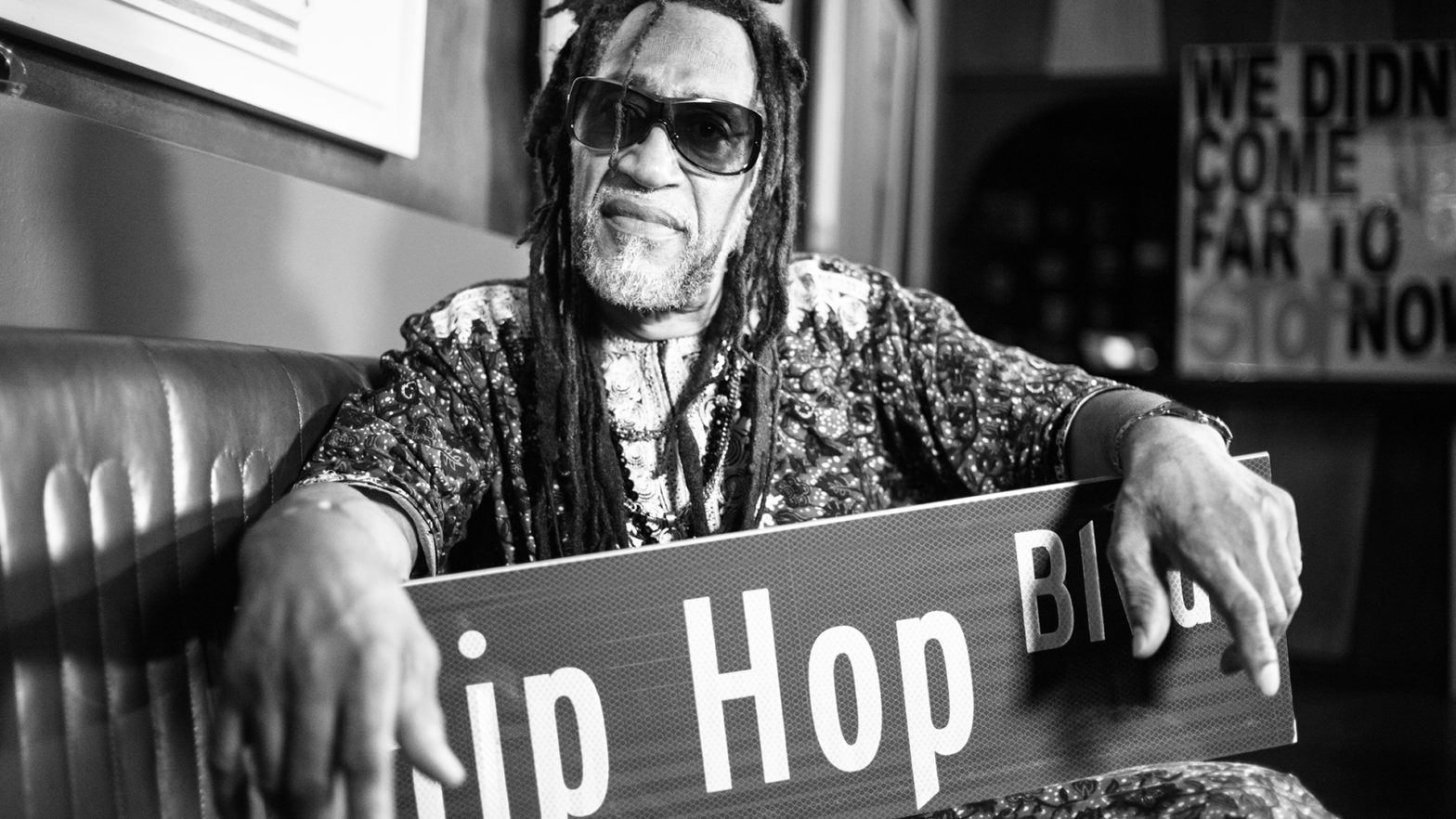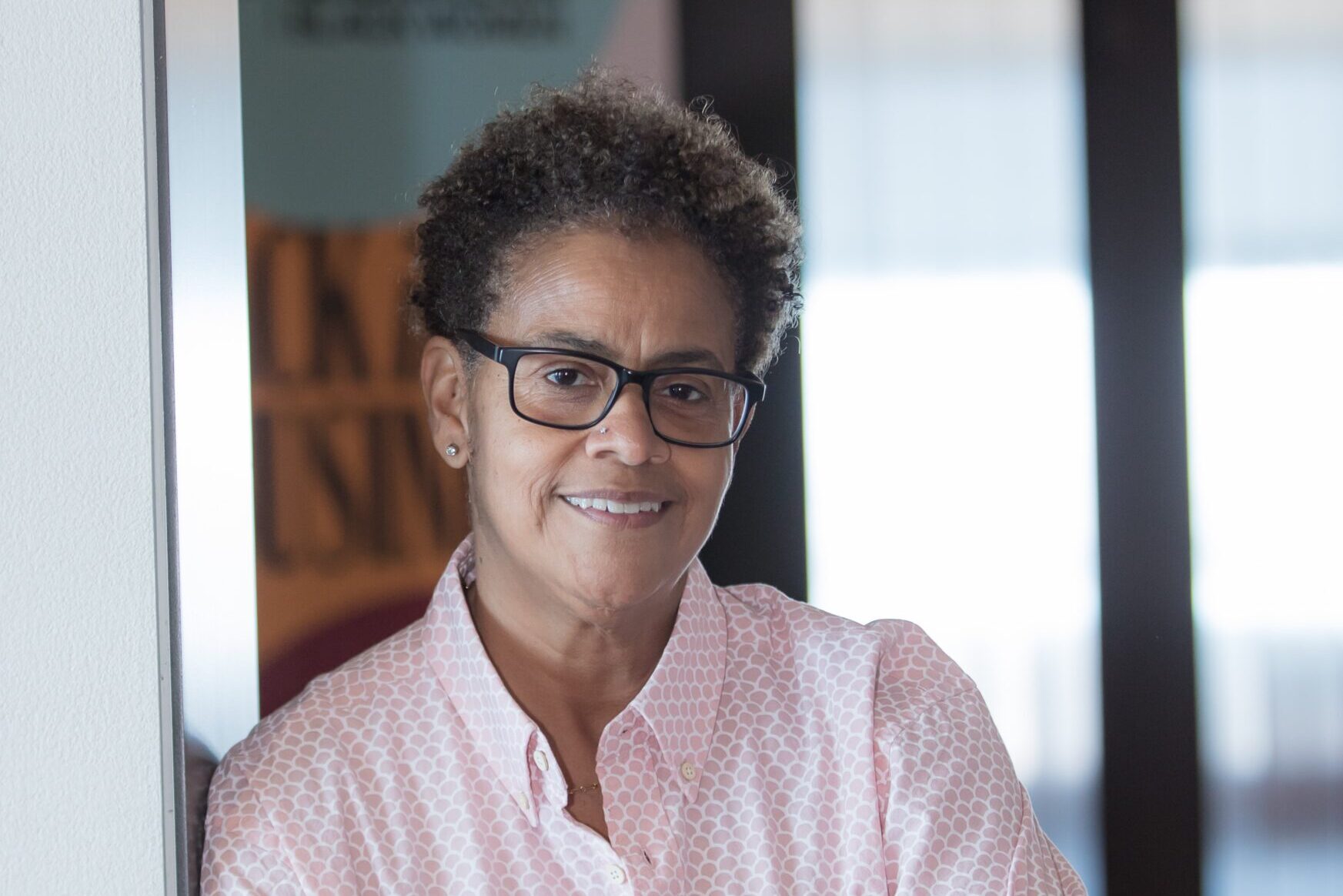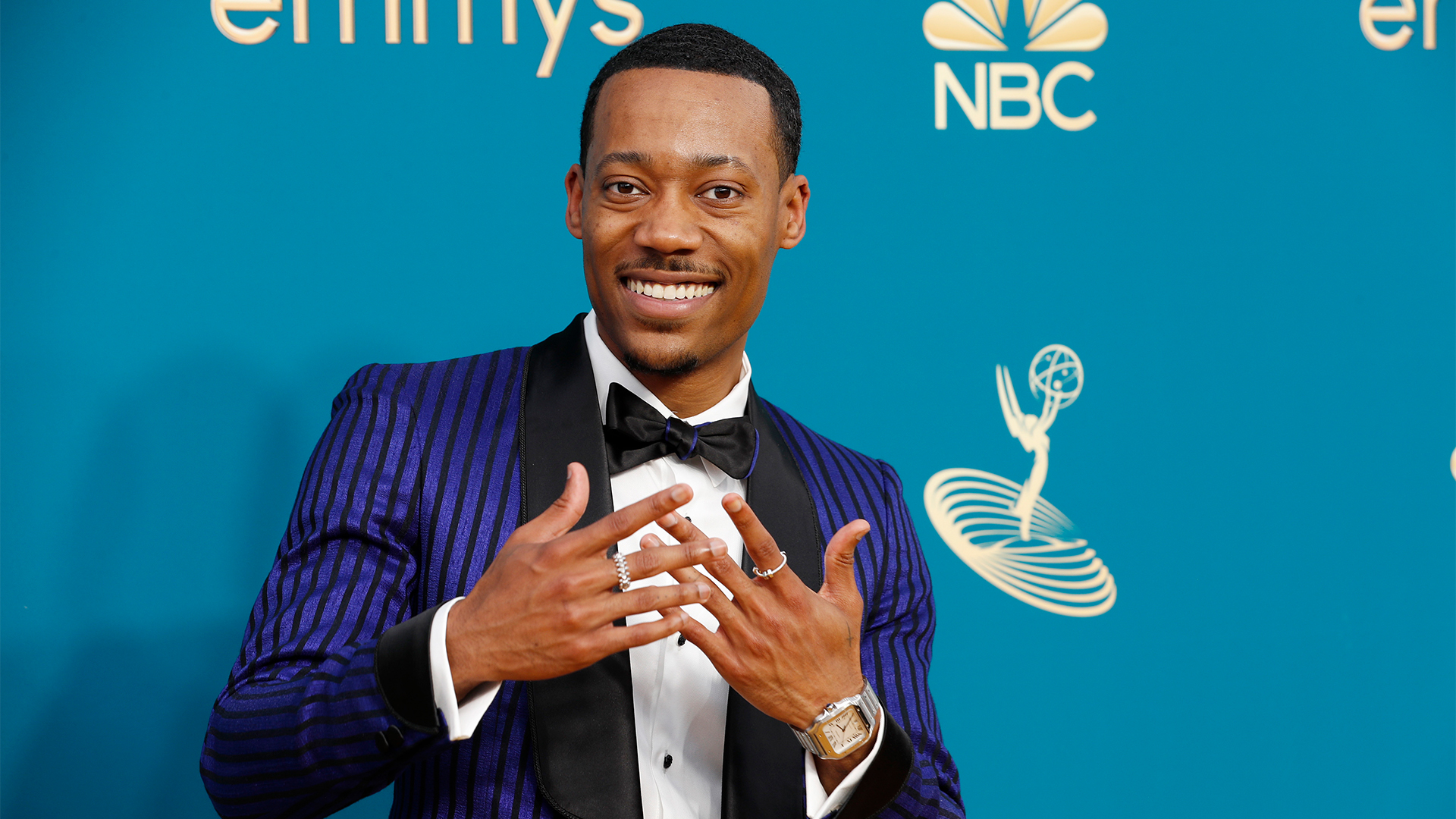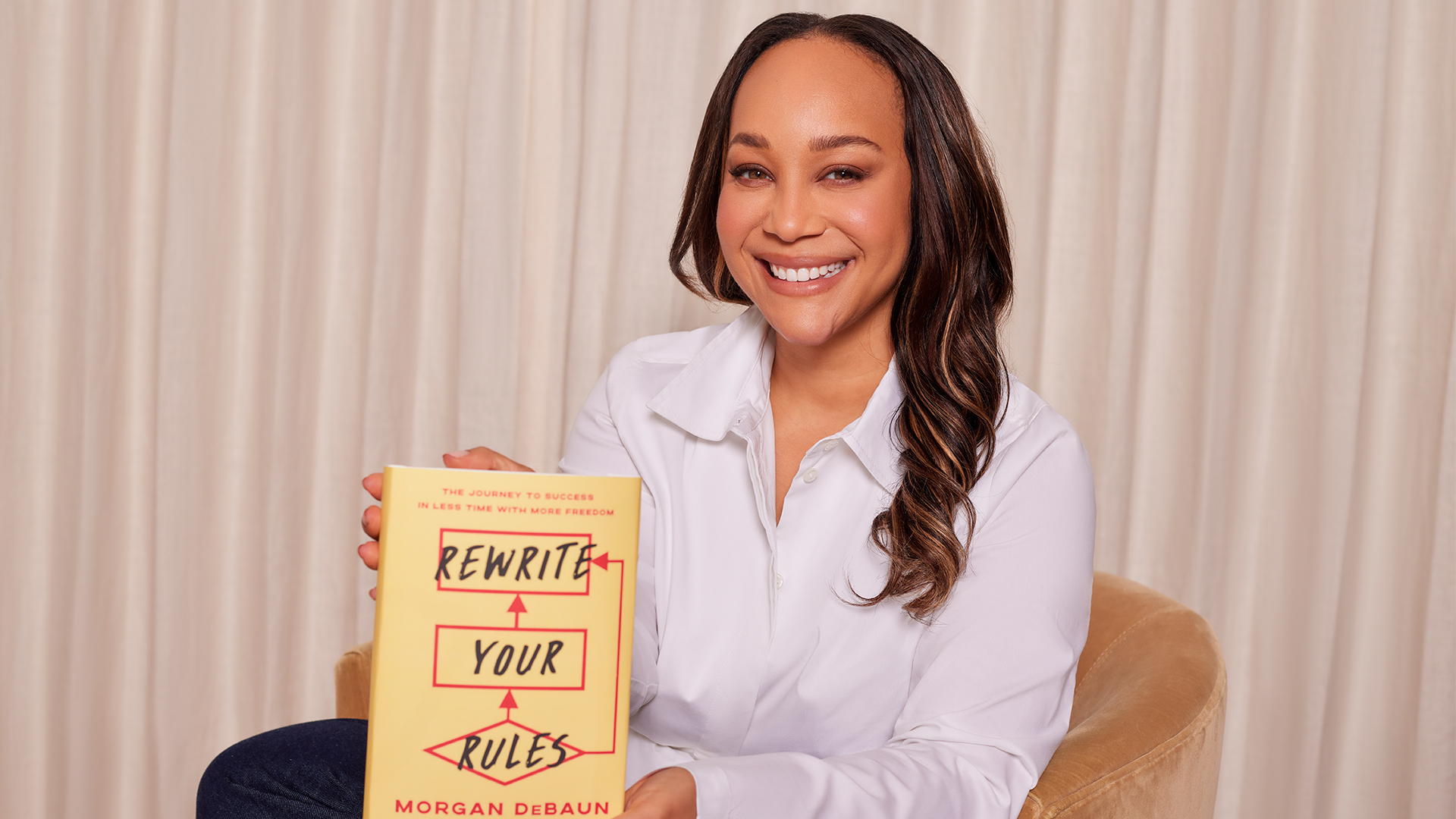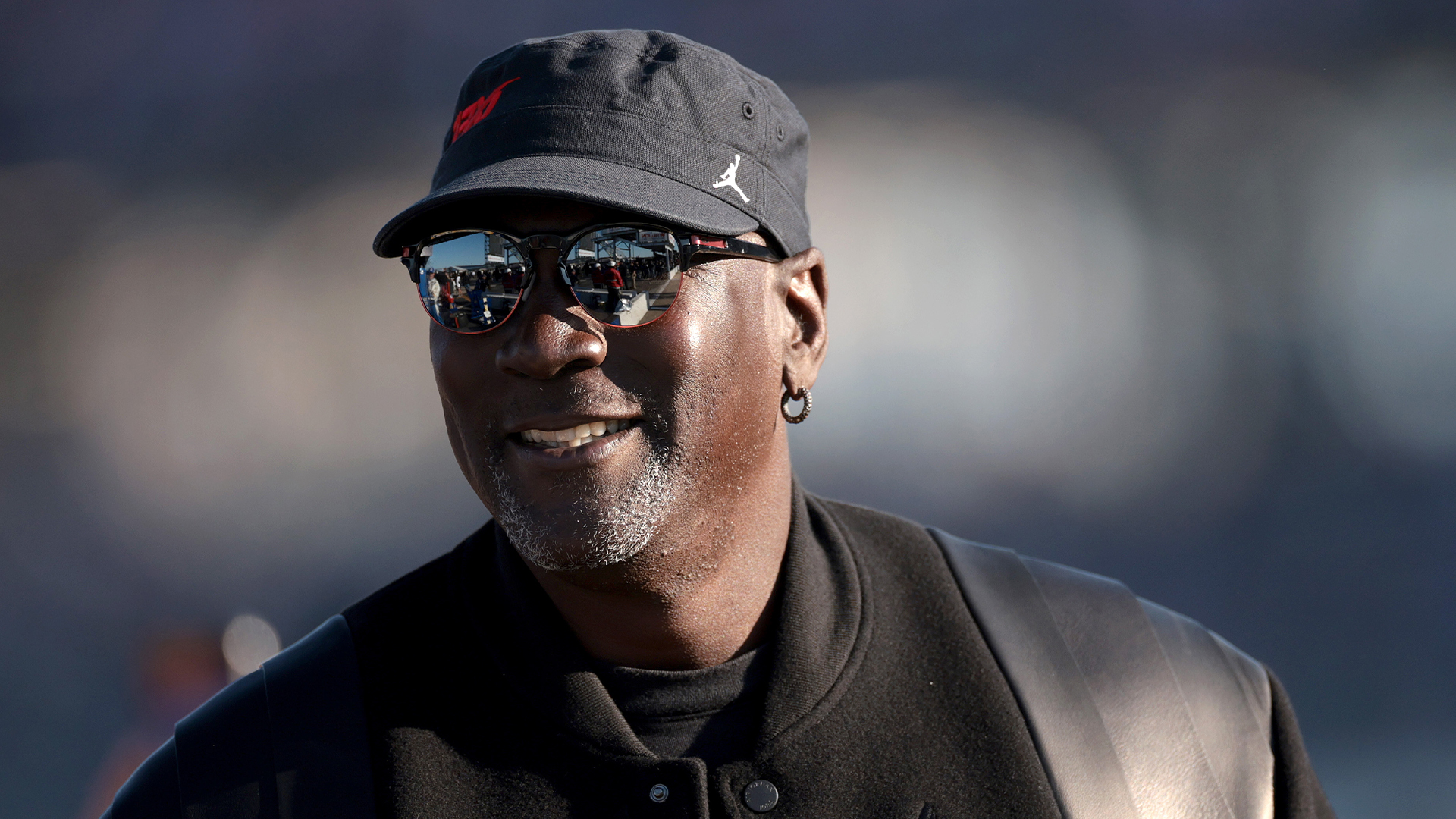On Aug. 11, 1973, the course of history changed forever.
The way the culture experienced music also shifted, and the renowned genre that is known as Hip-Hop was birthed thanks to DJ Kool Herc’s “back to school jam” located at 1520 Sedgwick Avenue in the Bronx borough of New York.
A party that was created to celebrate his sister Cindy Campbell is now one of the most memorable moments known to society — it’s the reason that Hip-Hop exists today.
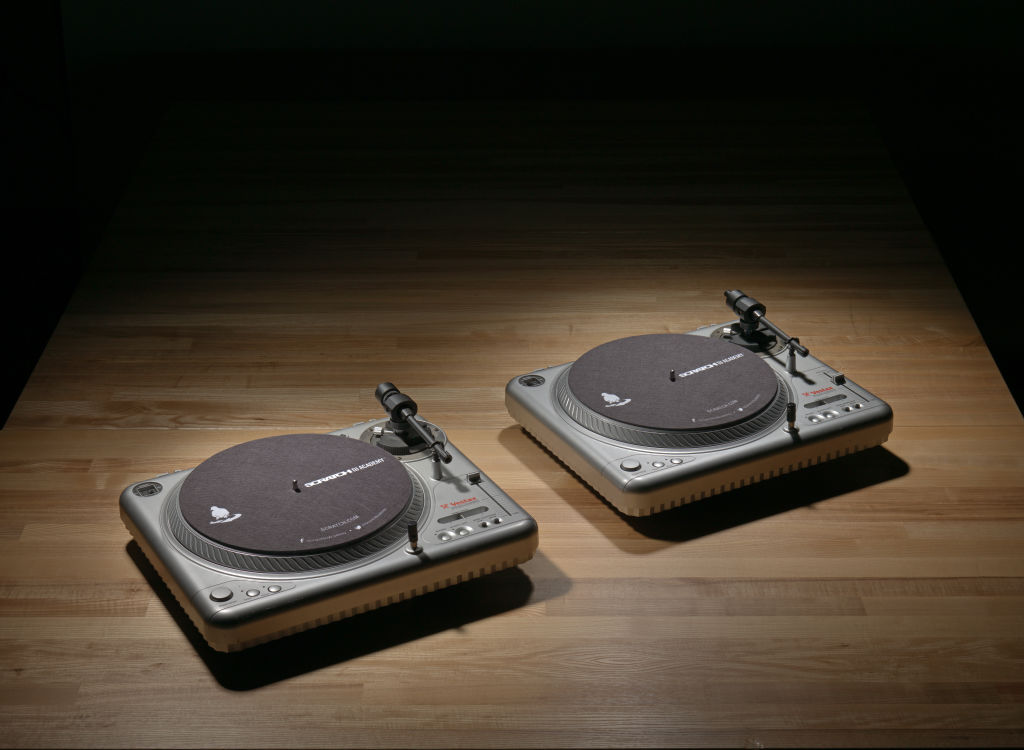
Now, 50 years later, Hip-Hop rules the world. In 2020, nearly a third of all streams in the U.S. came from Hip-Hop. But when it first hit the scene music experts suggested that it would be a genre that wouldn’t last.
It’s crazy to think that when it all started, people turned their noses up at the music, but artists that helped to pioneer its sound never gave up; instead they created a business model for something that no one believed in, and it has officially made it to see year 50.
“When Hip-Hop first started, there were no accountants or record companies who believed in it. Nobody believed in it,” LL Cool J said during an Instagram Live video.
Let’s explore all of the ways Hip-Hop impacts the world as we know it, shall we?
Its Technological Evolution
It’s safe to say that Hip-Hop and technology are almost synonymous. While there’s a current debate around whether or not artificial intelligence (AI) deserves to infiltrate the space, it is worth noting that without the evolution of the applied science, the music that the culture enjoys and listens to would not be the same.
For example, Earth, Wind & Fire’s Philip Bailey once told AfroTech that the world is already behind when it comes to AI, similar to how it was when everyone was first introduced to sampling, which is when a producer includes an element of music that already exists as a recording for a new track.
“The times that we live in are moving so fast, and I think back to when everybody started sampling, and the record industry had not made provisions for compensation because it wasn’t anything that anybody had seen before, and I think AI is the very same thing,” Bailey said at the time.
What’s more, when Hip-Hop first began, the way that consumers listened to music was drastically different from what it is now.
According to Pitchfork, the famous 8-track was introduced to the world in the 1960s. Since then that evolved into cassettes, which ultimately became CDs. Next, people could experience sounds digitally thanks to iPods and MP3 players.
Today, all you need is a phone or electronic device, coupled with a subscription to streaming services such as Apple Music, Spotify, or Tidal, and a plethora of albums, old and new, are available at the click of a button.
Influencing The Fashion Trends
It may be a no-brainer that Black people set trends that the world has to catch up to. The same can be said when it comes to fashion, and Hip-Hop has played a pivotal role in spearheading some of the culture’s hottest trends over the past five decades.
While it is common to see people of all races sporting streetwear during a stroll down the street, a ride on the subway, or however you get around the world, this was not always the case.
During Hip-Hop’s early rise in the late ‘70s and early ‘80s, b-boy culture had a huge hold on the fashion of the musicians. For clarity, this is when breakdancing was front and center for the genre, and people such as LL Cool J and Run-D.M.C. were making everything from chains and tracksuits to Kangol hats the must-haves for your wardrobe.
A classic track by the aforementioned Run-D.M.C. — the Hip-Hop group that included some of the most prominent names in music today, Rev. Run, Russell Simmons, and the late Jam Master Jay — even popularized the shoes that the culture was sporting.
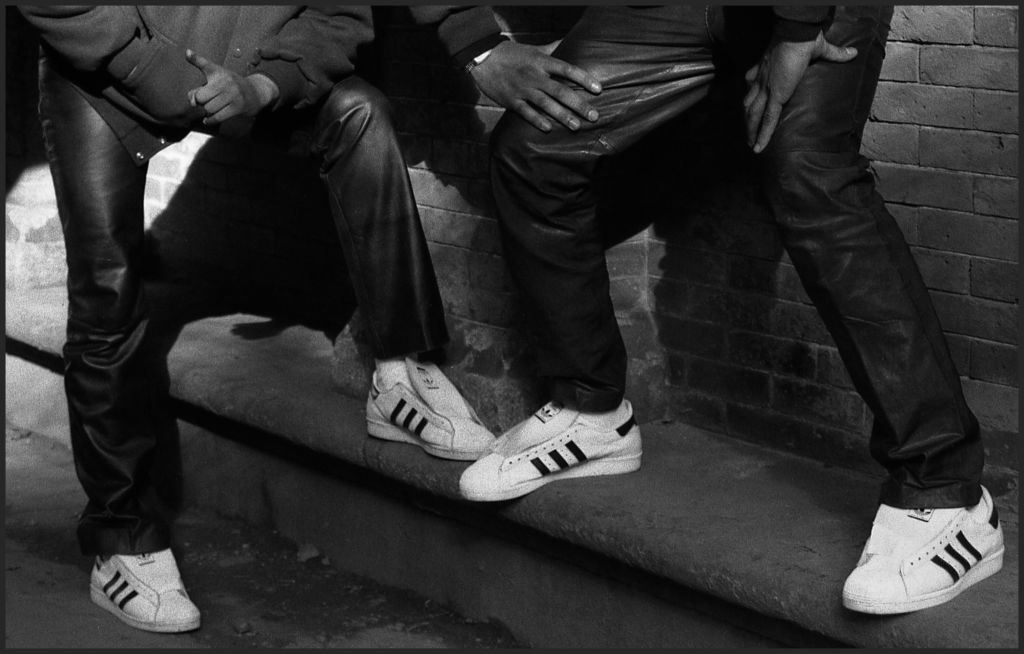
That’s right, Run-D.M.C.’s “My Adidas” technically ran and gave Kanye West the chance to collaborate with the German athletic wear company, debuting his Yeezys to the world (though it really didn’t pan out how he may have hoped).
Per A Magazine, by the 1990s, the baggy, b-boy look was ditched for more sophisticated, yet bold, streetwear. It was during this time that the genre even jumped off the porch and began to have its own brands such as Cross Colours, the company launched by Carl Jones. Not only was it the first successful Black-owned Hip-Hop brand, but the clothes went mainstream, appearing in hit television shows including “Fresh Prince of Bel-Air” and “In Living Color.”
At this time, Lil Kim also influenced the world of fashion as we know it alongside her best friend and style icon Misa Hylton. Together they brought forth some of the most edgy looks on the scene without probably even realizing that it would serve as a blueprint for today.
From colorful wigs embroidered with top designer brands such as Chanel to memorable fashion moments like Lil Kim’s infamous 1999 MTV VMA red carpet fit, the pair was a force to be reckoned with.
Today, artists including Cardi B, Pharrell, Kanye West, and more dominate runway shows across the globe in addition to making music for the culture to groove to.
The Hip-Hop Hollywood Takeover
Without Hip-Hop, the landscape of entertainment would look drastically different. Whether it’s film, television, Broadway, and beyond, the music has served as the soundtrack to the lives of many, but it has also influenced the way that the entire world views show biz.
Not only have some of Hip-Hop’s pioneers made their way to the top within the music industry, but the genre’s Hollywood crossover is something that should be studied.
Pioneers including LL Cool J and Queen Latifah have been the faces behind some of the box office’s hottest hits and television’s renowned series, but even more, Will Smith wouldn’t be who he is today without Hip-Hop.
Thanks to six degrees of separation, Smith would meet DJ Jazzy Jeff and the rest proved to be history when the pair became DJ Jazzy Jeff & The Fresh Prince, bringing forth one of the most legendary sitcoms known to the world today.
“The Fresh Prince” became a launching pad for Smith’s acting career, and there is a generation of people who might not realize his deep Hip-Hop roots starting out as one of Philadelphia, PA’s hottest emcees.
The LA Times reports one of the biggest examples of Hip-Hop’s ability to bridge the color divide in television was “Empire.”
“Lee Daniels’ “Empire” was the clearest example of hip-hop as a crossover bridge to break color barriers when it premiered on Fox in 2015 and obliterated conventional wisdom that a ‘black’ drama was for black audiences,” the outlet said. “After all, why would an entire generation raised on Dr. Dre’s ‘The Chronic’ consider a show about a hip-hop family dynasty as anything but meant for them?”
Rather than waiting on Hollywood executives to create art that showcases their stories, they just began creating the proper narratives.
A key example is 50 Cent and the “Power” universe he brought to Starz.
Beyond that, shows such as “Yo! MTV Raps,” “106 & Park,” and more were created to highlight Hip-Hop culture. Today, the music has influenced newer series including Issa Rae’s “Rap Sh!t,” “Rhythm + Flow,” and a host of others.
The Future Of Hip-Hop
With 50 years under its belt, serving as the catalyst for some of the world’s most iconic moments, Hip-Hop, the genre that many people doubted would last, has proven that it not only can stand the test of time but has a global impact that continues to show itself.
